-
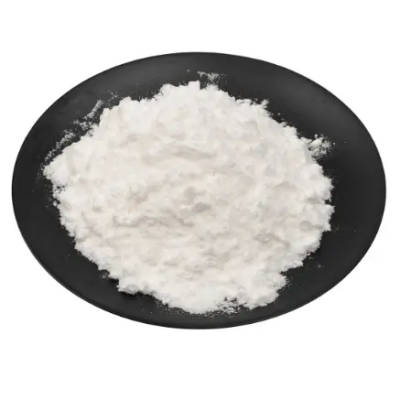
S-3-hydroxytetrahydrofuran CAS:86087-23-2
S-3-Hydroxytetrahydrofuran is a cyclic ether, commonly referred to as THF-3-ol. It possesses a five-membered ring, with one of the carbon atoms bearing a hydroxyl (-OH) group, which is responsible for its polarity and reactivity. This compound is a valuable synthon in organic synthesis due to its ability to undergo a variety of chemical transformations.
-
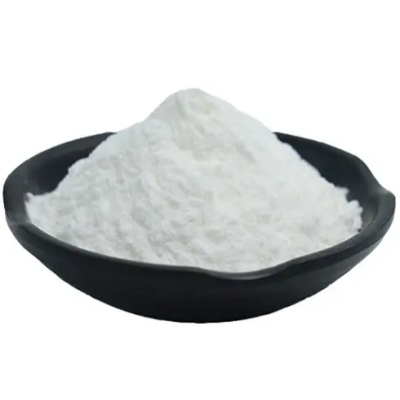
(2S,3R,4S,5S,6R)-2-(3-(4-((S)-tetrahydrofuran-3-yloxy)benzyl)-4-chlorophenyl)-tetrahydro-6-(hydroxymethyl)-2-methoxy-2H-pyran-3,4,5-triol CAS:1279691-36-9
The compound (2S,3R,4S,5S,6R)-2-(3-(4-((S)-tetrahydrofuran-3-yloxy)benzyl)-4-chlorophenyl)-tetrahydro-6-(hydroxymethyl)-2-methoxy-2H-pyran-3,4,5-triol is a complex organic molecule with a multitude of functional groups. It features a tetrahydrofuran moiety attached to a benzyl group, a chlorinated phenyl ring, and a hydroxymethyl group on a pyran ring. This molecule is a result of a series of organic reactions that involve the selective introduction of substituents at specific positions on the pyran and tetrahydrofuran rings.
-

4-Acetyl-2-methylbenzoic acid CAS:55860-35-0
4-Acetyl-2-methylbenzoic acid is an organic compound that combines the structural elements of a carboxylic acid and a ketone within the same molecule. Its structure consists of a benzene ring substituted with a methyl group at the 2-position and an acetyl group at the 4-position, with a carboxylic acid group attached to the 1-position.
-
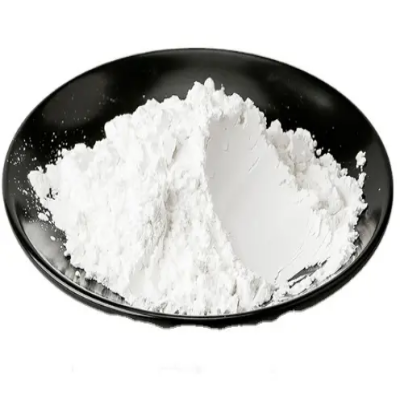
3-tert-butyl-6-(ethylthio)-1,3,5-triazine-2,4(1H,3H)-dioneCAS:1360105-53-8
3-tert-Butyl-6-(ethylthio)-1,3,5-triazine-2,4(1H,3H)-dione is a heterocyclic compound that features a triazine ring substituted with a tert-butyl group at the 3-position and an ethylthio group at the 6-position. The triazine ring, a six-membered aromatic ring with three nitrogen atoms, is known for its stability and chemical reactivity.
-
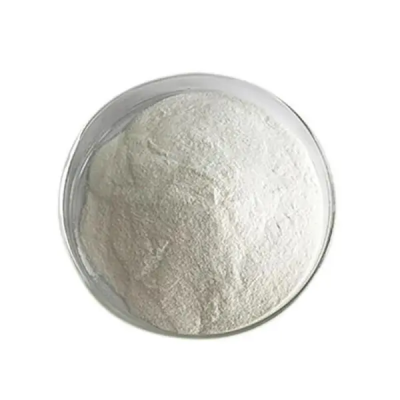
3-tert-butyl-6-(ethylthio)-1,3,5-triazine-2,4(1H,3H)-dioneCAS:1360105-53-8
3-tert-Butyl-6-(ethylthio)-1,3,5-triazine-2,4(1H,3H)-dione is a heterocyclic compound that features a triazine ring substituted with a tert-butyl group at the 3-position and an ethylthio group at the 6-position. The triazine ring, a six-membered aromatic ring with three nitrogen atoms, is known for its stability and chemical reactivity.
-
![3-CHLOROMETHYL-1-METHYL-1H-[1,2,4]TRIAZOLE CAS:135206-76-7](https://cdn.globalso.com/xindaobiotech/3J2X34TVMPYG9BHK7IO6313.png)
3-CHLOROMETHYL-1-METHYL-1H-[1,2,4]TRIAZOLE CAS:135206-76-7
3-Chloromethyl-1-methyl-1H-[1,2,4]triazole is a heterocyclic compound consisting of a 1,2,4-triazole ring substituted with a methyl group at the 1-position and a chloromethyl group at the 3-position. This molecule is an interesting derivative of the 1,2,4-triazole core, which is known for its planar, aromatic nature and its ability to participate in various chemical reactions.
-
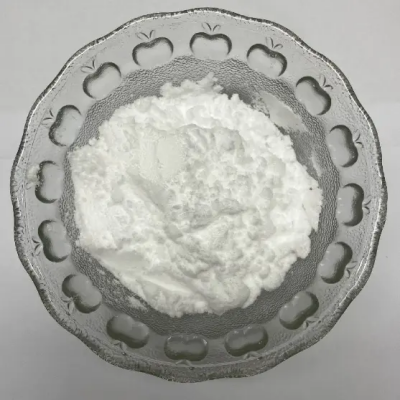
2,3,4,6-Tetrakis-O-trimethylsilyl-D-gluconolactone CAS:32384-65-9
2,3,4,6-Tetrakis-O-trimethylsilyl-D-gluconolactone is a highly functionalized derivative of D-gluconolactone, a cyclic ester derived from D-glucose. In this derivative, all four available hydroxyl groups on the gluconolactone skeleton have been protected with trimethylsilyl (TMS) groups. This protection strategy is commonly employed in organic synthesis to mask the reactivity of the hydroxyl groups, allowing for selective transformations to be performed on the remaining unprotected sites.
-
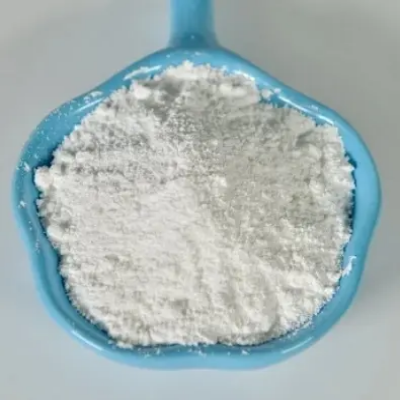
2-Chloro-5-iodobenzoic acid CAS:19094-56-5
2-Chloro-5-iodobenzoic acid is an organic compound with significant applications in medicinal chemistry and material science. Its structure consists of a benzene ring substituted with both chlorine and iodine atoms at the 2 and 5 positions, respectively, with a carboxylic acid functional group attached to the ring. This compound exhibits unique electronic properties due to the presence of these halogens, which influence its reactivity and stability.
-
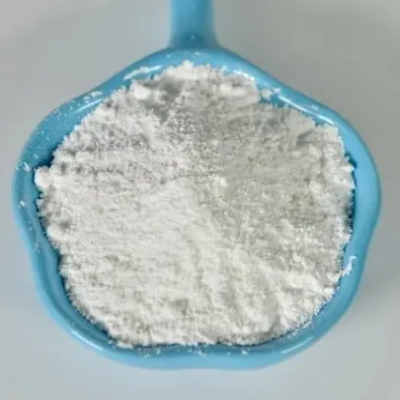
Iodoanthranilicacidmethylester CAS:77317-55-6
Iodoanthranilic acid methyl ester, an organic compound, serves as a crucial precursor in the synthesis of various pharmaceuticals, pesticides, and dyes. Its molecular structure features an iodo group attached to an anthranilic acid moiety, with a methyl ester group providing additional functionality. This compound’s reactivity is influenced by the presence of electron-withdrawing groups, which enhance its electrophilic nature, making it susceptible to nucleophilic substitution reactions.
-

(S)-(-)-N,N-Dimethyl-3-hydroxy-3-(2-thienyl)propanamine CAS:132335-44-5
(S)-(-)-N,N-Dimethyl-3-hydroxy-3-(2-thienyl)propanamine is a chiral compound with significant pharmacological importance. It belongs to the class of β-adrenergic receptor antagonists, commonly known as beta-blockers. This compound exhibits a unique structural arrangement with a thienyl group and a hydroxy-functionalized chiral center, imparting distinct biological activities. Beta-blockers like (S)-(-)-N,N-Dimethyl-3-hydroxy-3-(2-thienyl)propanamine are widely used in the management of cardiovascular diseases, including hypertension, angina, and arrhythmias, by blocking the effects of adrenaline on beta receptors in the heart and blood vessels. The chirality of this compound is crucial as the enantiomers may exhibit different pharmacological effects due to interactions with specific receptors in the body.
-
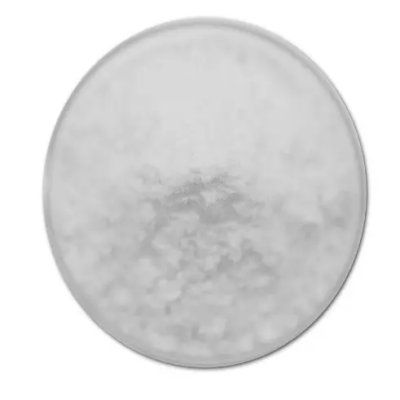
(S)-(+)-N,N-Dimethyl-3-Napthtoxy-(2-Thiophene) Propylamine Oxalate CAS:132335-47-8
(S)-(-)-N,N-Dimethyl-3-Naphthooxy-(2-Thiophene) Propylamine Oxalate is a unique chemical entity that holds significant importance in the field of organic chemistry. This compound features an intricate structure, comprising a naphthalene core substituted with a thiophene ring, coupled with an oxalate moiety. Its synthesis involves a series of meticulous steps, each requiring precise control over reaction conditions to ensure the desired product’s formation.
-
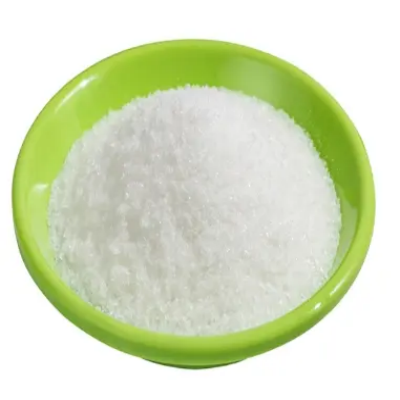
6-chloro-2-methyl-2H-indazol-5-amine CAS:1893125-36-4
6-Chloro-2-methyl-2H-indazol-5-amine is an aromatic heterocyclic compound that features an indazole core with substituents at the 2, 5, and 6 positions. The indazole ring itself is a fusion of a benzene ring and a pyrazole ring, which gives it unique electronic and chemical properties. The compound is particularly notable for its aromaticity and the presence of a chlorine and an amino group as substituents.

